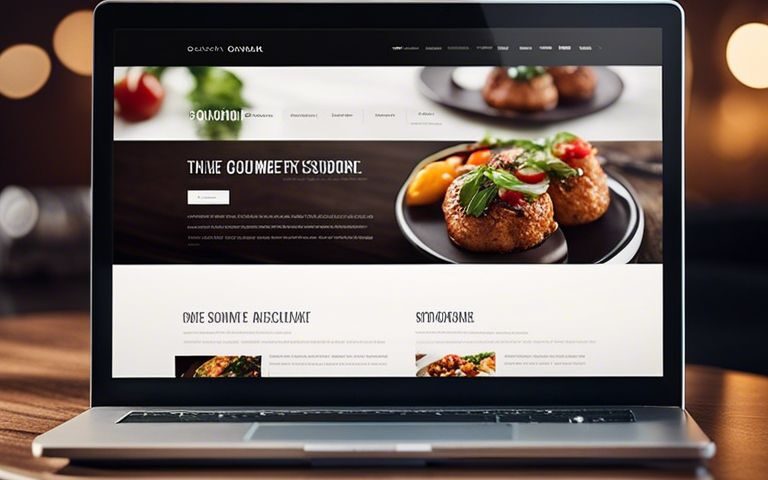The Complete Guide To Restaurant Website Design Trends

Elevate Your Online Presence With Affordable Website Creation Services
April 16, 2024
The Benefits Of Hiring Freelance Web Designers For Your Project
April 18, 2024Guide your restaurant to online success with the latest website design trends tailored specifically for the food industry. In this comprehensive guide, we’ll explore crucial design elements and innovative features that will not only enhance your restaurant’s online presence but also attract more customers. Stay ahead of the competition by incorporating responsive design, mouthwatering visuals, and user-friendly interfaces into your website. Don’t miss out on opportunities for increased revenue and customer engagement by neglecting the importance of a well-designed restaurant website. Let’s examine the dynamic world of restaurant website design trends and elevate your dining establishment to new heights.
Key Takeaways:
- Mobile responsiveness is crucial for a restaurant website design to ensure a seamless user experience on all devices.
- High-quality images and visuals play a vital role in attracting customers and creating a strong first impression.
- Intuitive navigation is crucial for guiding users through the menu, reservations, and contact information easily.
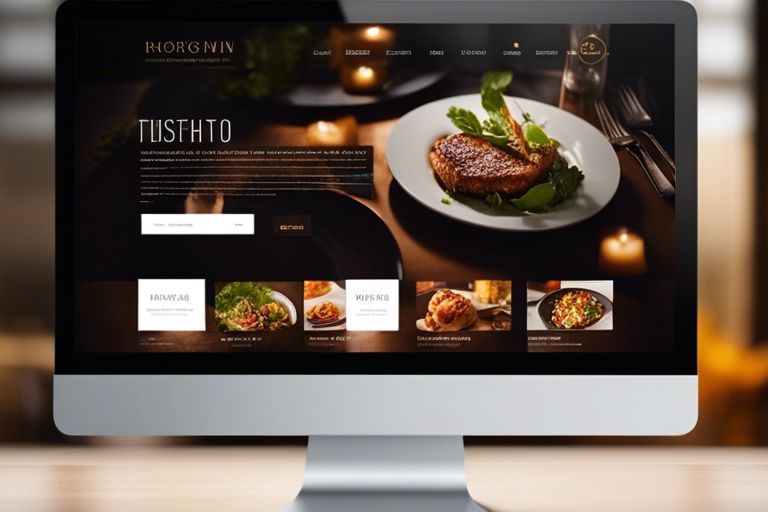
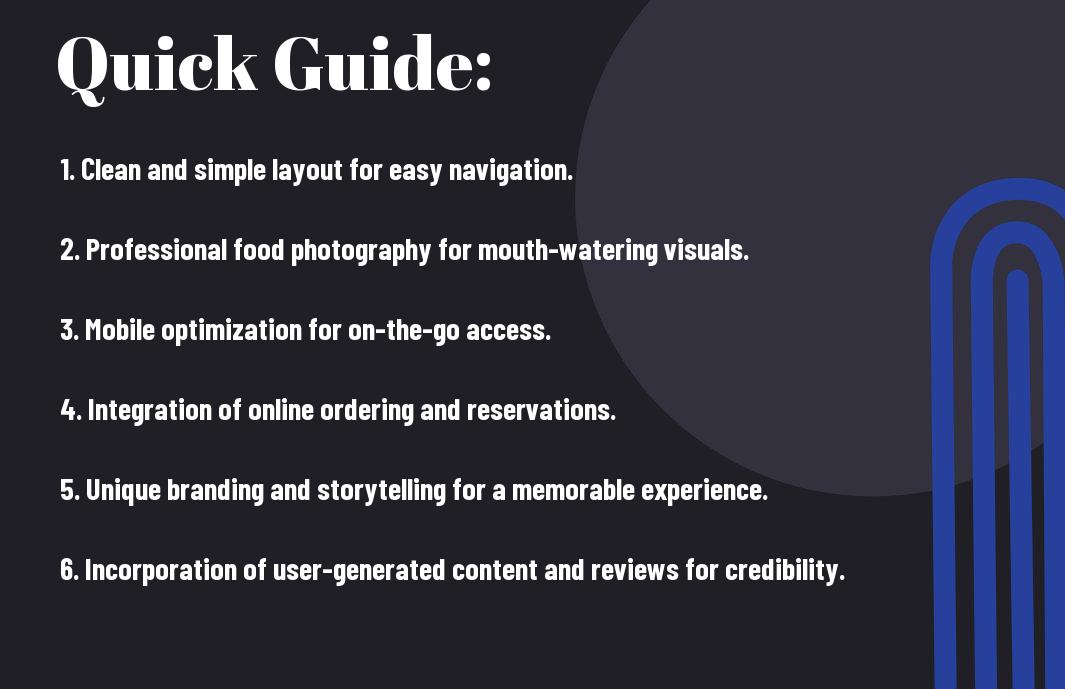
Types of Restaurant Website Designs
There’s a wide range of restaurant website designs to choose from, each catering to different needs and styles. To help you navigate through the options, we’ve broken down some of the most popular designs below:
| Classic and Traditional Layouts | Modern and Interactive Experiences |
| Minimalist Design | Parallax Scrolling |
| Image-centric Layouts | Video Backgrounds |
| Typography-focused Designs | Interactive Menus |
| Single-page Websites | AI-Powered Chatbots |
After exploring the different types of restaurant website designs, you can probe deeper into this topic by checking out The Complete Guide to Restaurant Websites for more insights.
Classic and Traditional Layouts
Assuming a classic and traditional layout for your restaurant website can evoke a sense of nostalgia and elegance. These layouts typically feature timeless design elements such as muted color schemes, elegant fonts, and simple navigation menus. By incorporating these elements, you can create a warm and inviting online presence that resonates with customers seeking a traditional dining experience.
Modern and Interactive Experiences
Restaurant websites that offer modern and interactive experiences tend to stand out in today’s digital landscape. By integrating features such as parallax scrolling and video backgrounds, you can create a visually engaging website that captures the attention of visitors. Additionally, interactive menus and AI-powered chatbots can enhance the overall user experience, making it easier for customers to navigate your site and engage with your brand.
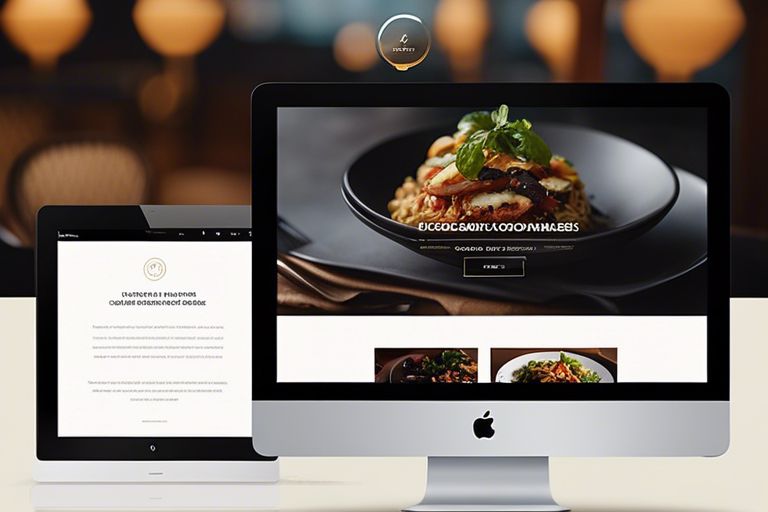
Step-by-Step Guide to Designing Your Restaurant Website
Now, if you’re looking to create the perfect website for your restaurant, you’ll need a step-by-step guide to help you through the process. For an in-depth understanding of the best practices and latest trends in restaurant website design, be sure to check out the Ultimate Guide for Developing Best Restaurant Website Design by Aria Norton.
Planning Your Website’s Structure and Content
Website planning is crucial for a successful online presence. Define your goals, target audience, and key messages. Create a sitemap and wireframes to visualize the layout. Craft compelling content that showcases your menu, ambiance, and story to engage visitors and convert them into customers.
Designing for Functionality and Aesthetics
For a restaurant website, functionality and aesthetics go hand in hand. Understanding the importance of a user-friendly interface, responsive design, and visually appealing elements is crucial.Focus on intuitive navigation, high-quality images, and a mobile-first approach to ensure a seamless and delightful user experience. Incorporate reservation widgets, online menus, and social media integration to enhance functionality while maintaining a visually appealing design.
Tips to Enhance Your Restaurant Website
Unlike other types of websites, restaurant websites need to have a specific focus on enticing visitors with tantalizing images of food, showcasing the menu, and making it easy for them to make reservations. Here are some key tips to enhance your restaurant website:
Improving User Experience (UX)
Now, when it comes to improving user experience (UX) on your restaurant website, simplicity is key. Make sure that your menu is clear and easy to navigate, with high-quality images of your dishes. Incorporate an online reservation system that is user-friendly and mobile-responsive for seamless booking. Ensure that your website loads quickly and is mobile-responsive to cater to customers browsing on their smartphones or tablets.
Integrating Social Media and Reservations Systems
Your restaurant website should not only showcase your delicious offerings but also integrate seamlessly with your social media platforms and reservations systems. By connecting your website to your social media accounts, you can engage with customers, share updates and promotions, and drive traffic to your site. Integrate an online reservation system directly into your website to make it convenient for customers to book a table with just a few clicks.
To further enhance this integration, consider using social proof by displaying positive reviews and testimonials on your website to build trust with potential customers.
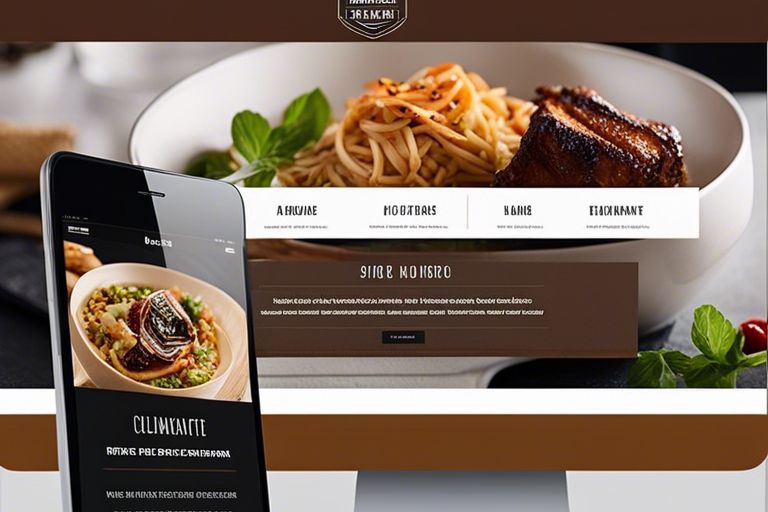
Factors Influencing Restaurant Website Success
All restaurant websites aim to attract customers and drive business. Success in this endeavor depends on a combination of factors that can significantly impact a website’s performance.
The Role of Mobile Responsiveness
On today’s digital landscape, mobile responsiveness is paramount for any website’s success. With more people browsing on mobile devices than ever before, ensuring that your restaurant website is optimized for mobile is crucial. A mobile-responsive site not only provides a better user experience but also boosts your website’s search engine ranking, making it easier for potential customers to find you online.
Impact of Visuals and Menu Presentation
Factors such as visuals and menu presentation can make or break a user’s experience on a restaurant website. High-quality images of dishes, an easy-to-navigate menu layout, and enticing descriptions can help attract and engage visitors. Visuals play a crucial role in conveying the ambiance and offerings of a restaurant, influencing visitors’ decision-making process.
Mobile responsiveness ensures that your website looks and functions well on various devices, including smartphones and tablets. This approach enhances user experience and engagement, potentially leading to increased traffic and conversions.
The Pros and Cons of Current Design Trends
Advantages of Following Trends
To effectively engage with your target audience, it is important to stay current with design trends. By incorporating the latest styles and features into your restaurant website, you can create a visually appealing and user-friendly experience for visitors. This can help improve brand perception, increase website traffic, and ultimately drive more customers to your restaurant.
Potential Drawbacks to Consider
Consider that while following design trends can have its benefits, there are also potential drawbacks to be aware of. One of the main disadvantages is the risk of your website looking generic or outdated once the trend passes. Furthermore, some design trends may not be suitable for all types of restaurants or could negatively impact user experience if not implemented correctly.
It is crucial to strike a balance between incorporating current design trends and maintaining a timeless and functional website for your restaurant. Constantly evolving your website design to stay on trend can attract and retain customers, but it is important to do so thoughtfully and strategically to avoid negative consequences.
To wrap up
Upon reflecting on the latest trends in restaurant website design, it is evident that staying current is key to attracting and retaining customers in a competitive industry. By implementing features such as mobile responsiveness, contactless menus, high-quality images, and easy online reservations, restaurants can enhance the user experience and drive more traffic to their establishment. For further insights and tips on restaurant website design, check out The Ultimate Guide to Restaurant Website Design 2022. Keeping up with evolving design trends can set your restaurant apart and create a memorable online experience for your patrons.
FAQ
Q: Why is restaurant website design important?
A: Restaurant website design is important because it is often the first impression potential customers have of your restaurant. A well-designed website can attract more visitors, showcase your brand, and ultimately lead to an increase in reservations and orders.
Q: What are some current restaurant website design trends?
A: Some current restaurant website design trends include mobile optimization, high-quality images of food and ambiance, easy-to-use navigation, online reservation systems, integration of social media, and interactive elements such as videos or virtual tours.
Q: How can I make my restaurant website user-friendly?
A: To make your restaurant website user-friendly, focus on clear and simple navigation, make sure all important information such as menu, contact details, and location are easily accessible, optimize the site for mobile devices, use high-quality images, and ensure fast loading times.
What is the importance of responsive design in restaurant websites?
A: Responsive design is crucial for restaurant websites because it allows the site to adapt to different screen sizes and devices, ensuring a seamless user experience. With the increasing use of smartphones and tablets, having a responsive website is necessary to reach a wider audience.
How can I incorporate branding into my restaurant website design?
A: To incorporate branding into your restaurant website design, use consistent colors, fonts, and imagery that reflect the style and personality of your restaurant. Include your logo prominently, tell your brand story, and showcase your unique selling points to create a cohesive and memorable online presence.

